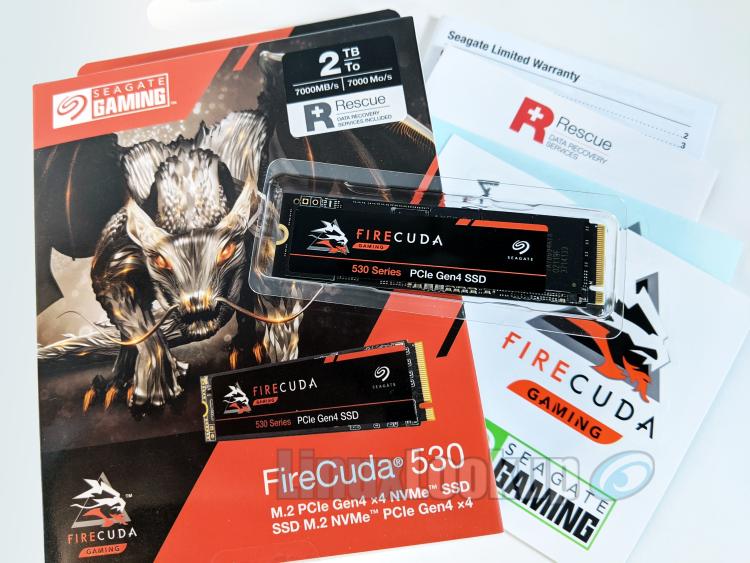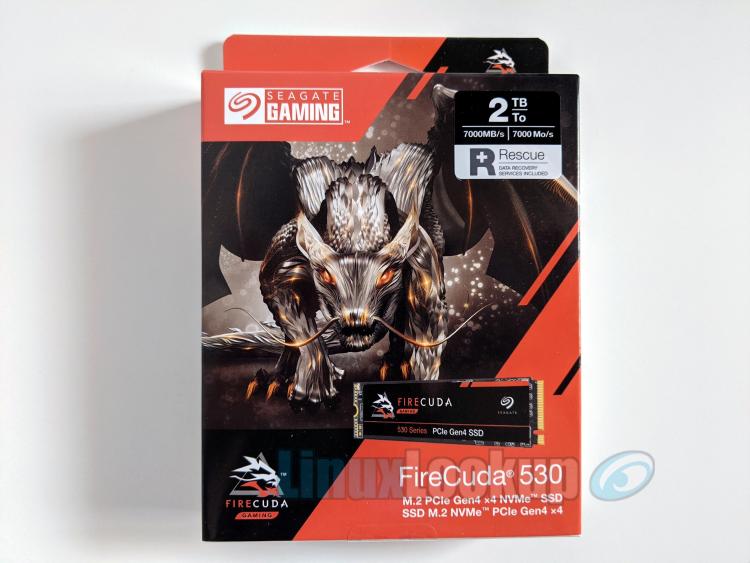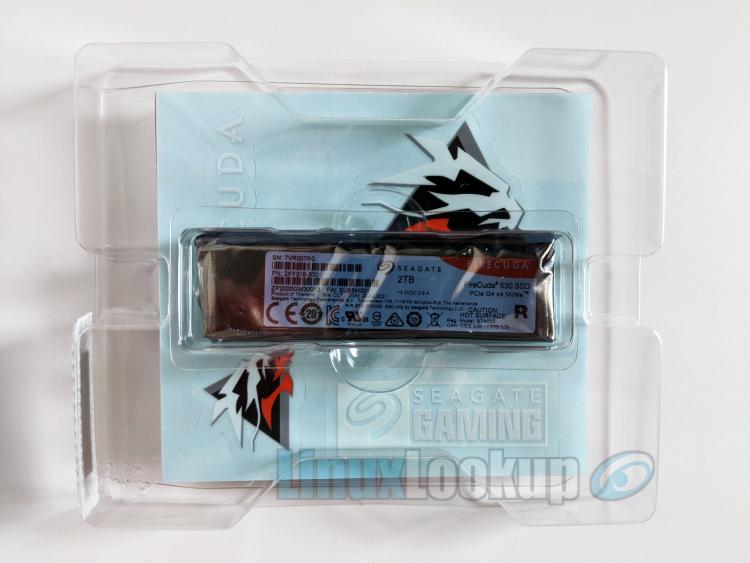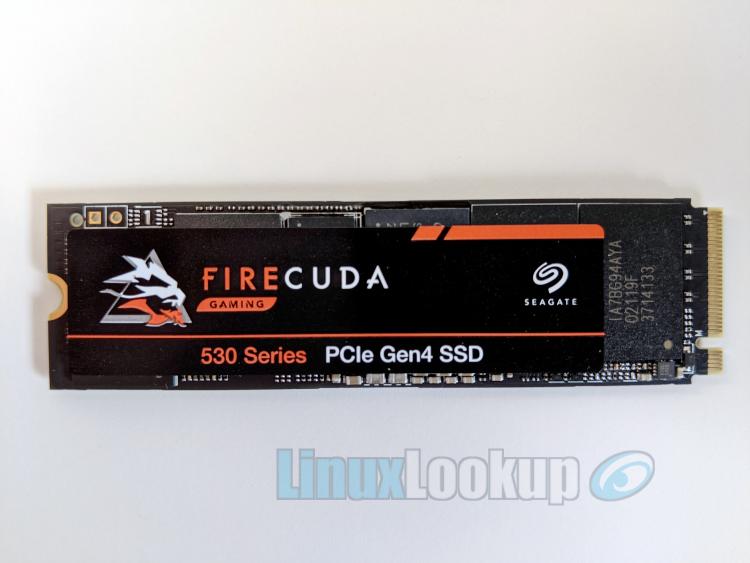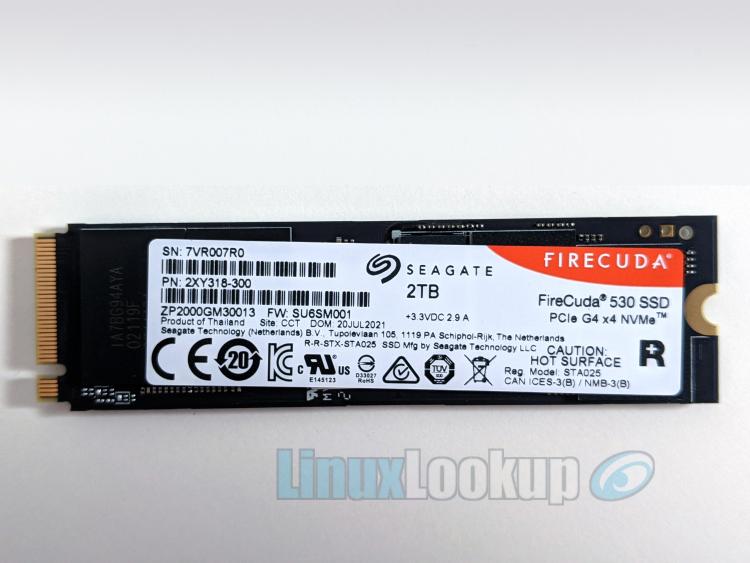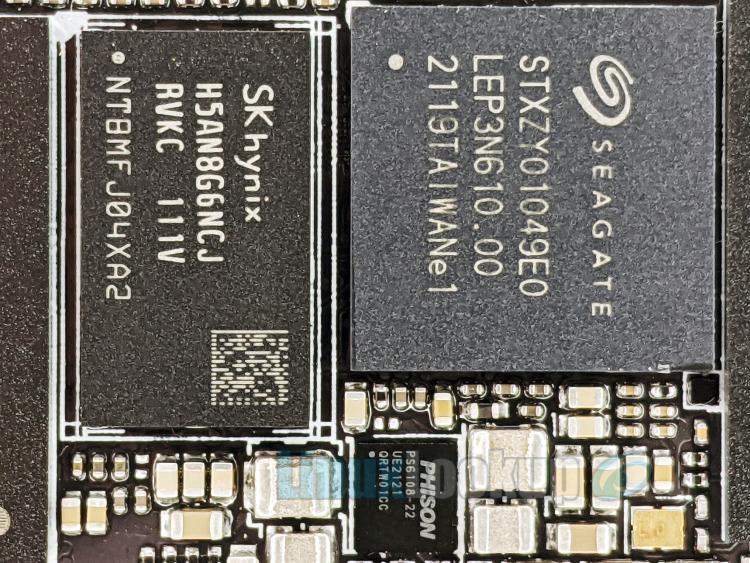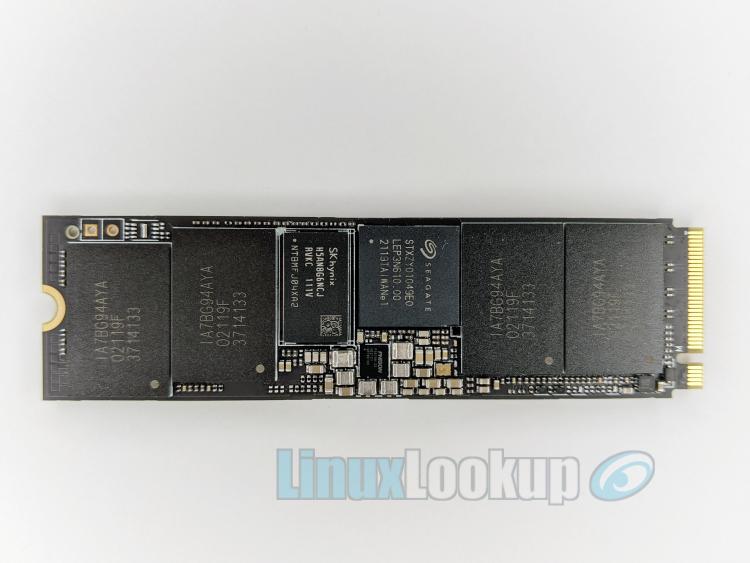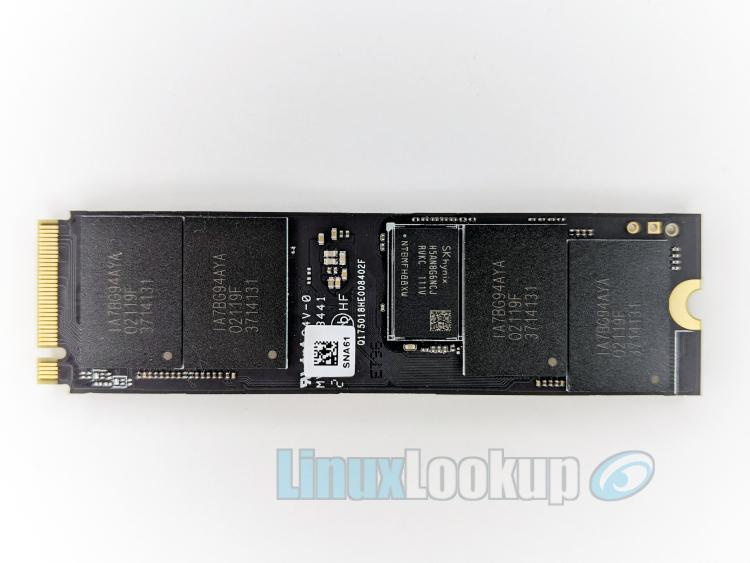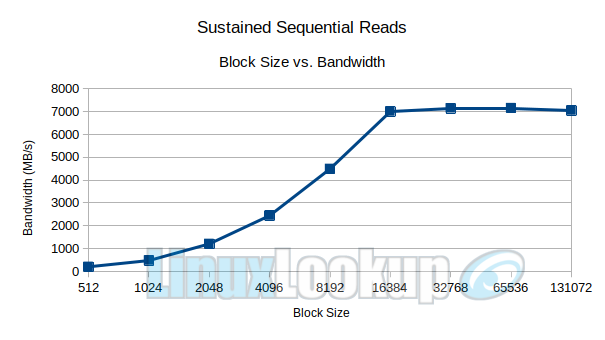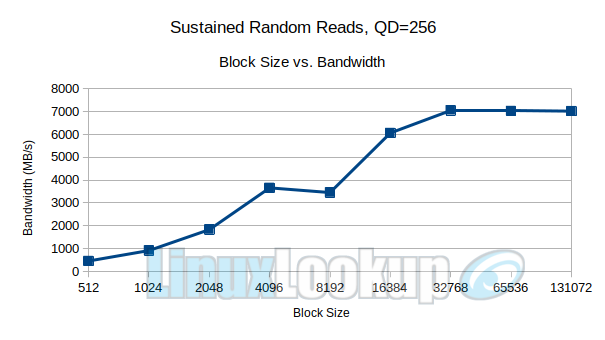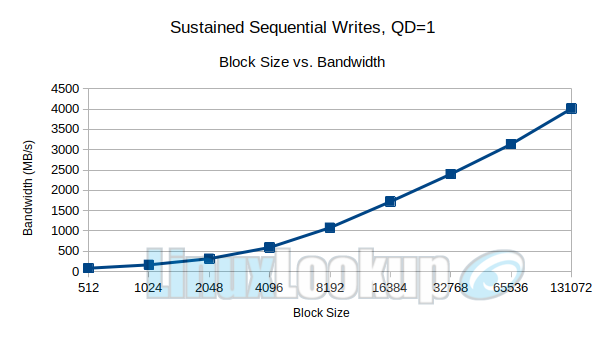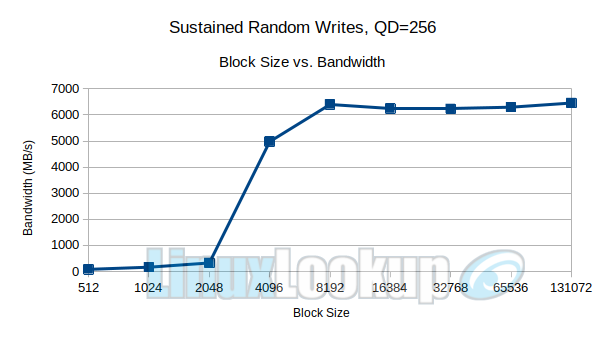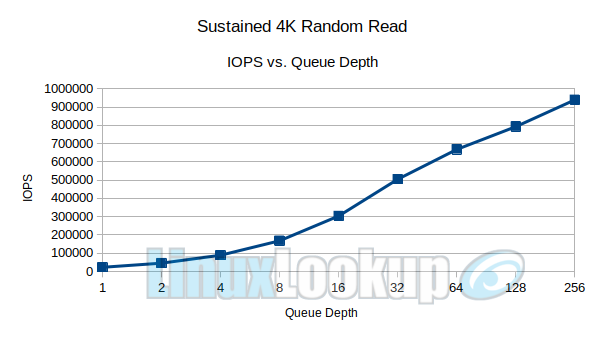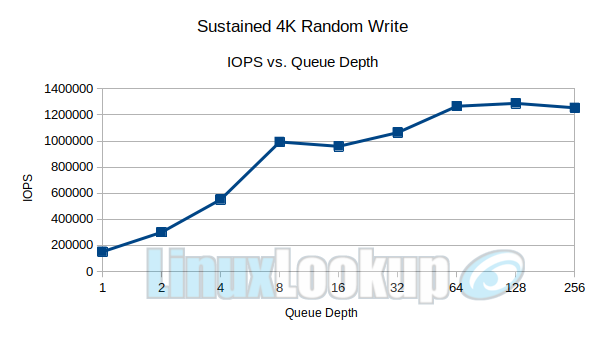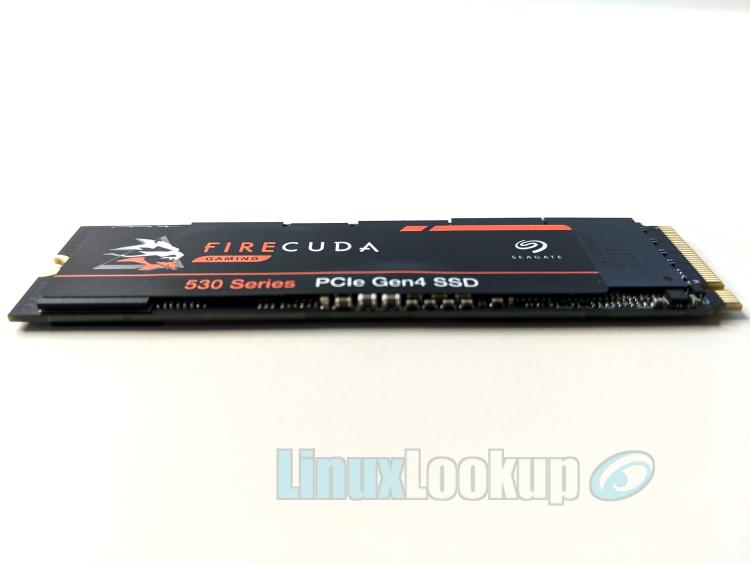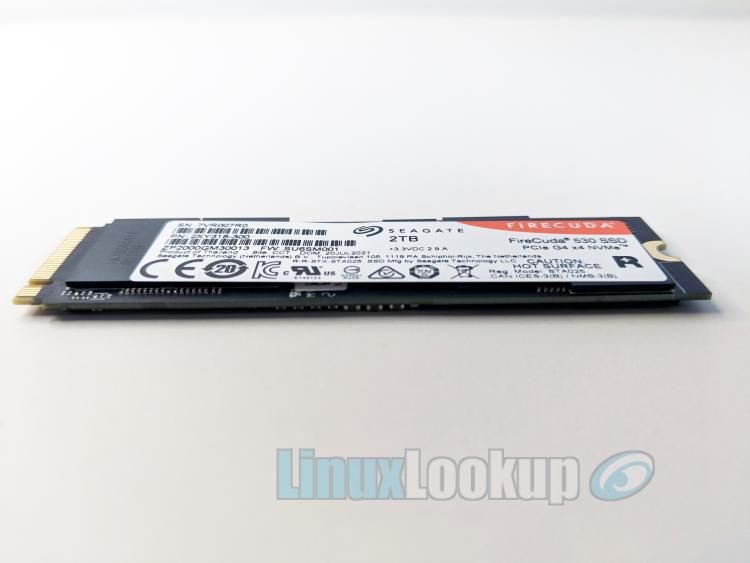Seagate FireCuda 530 2TB NVMe M.2 SSD Review
The Seagate FireCuda 530 is currently the best performance segment SSD available to consumers right now. Leveraging an NVMe interface, a new second-generation Phison E18 controller, Micron 176-layer NAND flash memory and PCIe Gen4 x4.
This FireCuda 530 2TB NVMe SSD is quote to deliver speeds up to 7300MB/s, coupled with 1 million IOPS for both Random Reads and Writes.
The Seagate FireCuda 530 Series SSD is available in four different capacities, 500GB, 1TB, 2TB and a spacious 4TB model — current online retail pricing is $139.99, $239.99, $489.99 and $949.99 respectively.
Rarely is retail packaging a focal point in my Linux review articles. Unless of course something out of the ordinary catches my eye and this time around I feel the need to compliment Seagate on their efforts.
While most manufactures simply plop the solid-state drive into a blister pack, Seagate has gone that extra mile to assure a quality product is delivered by sealing the SSD in a static shielding bag prior to packaging.
Performance ratings on the Seagate FireCuda 530 Series is diversified by drive model. Starting at the lowest capacity of 500GB quoted to deliver a Sequential Read of 7000MB/s with Random Read up to 400,000 IOPS, the 1TB model offers Sequential Read of 7300MB/s with Random Read up to 800,000 IOPS, while both the 2TB and 4TB share the same Sequential Read performance of 7300MB/s with Random Read up to 1,000,000 IOPS.
Differences in write performance is slightly less significant between models. The 500GB model is quoted to deliver a Sequential Write of 3000MB/s with Random Write up to 700,000 IOPS, where as the 1TB capacity offers a Sequential Write of 6000MB/s, both 2TB and 4TB models are quoted to offer a Sequential Write of 6900MB/s with all three of these higher capacity models sharing the same Random Write up to 1,000,000 IOPS.
See the table below for comparison, highlighted is the FireCuda 530 2TB featured in this SSD review.
| FireCuda 530 | 4TB | 2TB | 1TB | 500GB |
| Sequential Read (Max, MB/s) | 7300 | 7300 | 7300 | 7000 |
| Sequential Write (Max, MB/s) | 6900 | 6900 | 6000 | 3000 |
| Random Read (Max, IOPS) | 1,000,000 | 1,000,000 | 800,000 | 400,000 |
| Random Write (Max, IOPS) | 1,000,000 | 1,000,000 | 1,000,000 | 700,000 |
The Seagate FireCuda 530 2TB SSD is a double-sided (chips on both sides of the board) M.2 2280 form-factor drive using PCIe Gen 4 x4 NVMe 1.4 interfacing.
NVMe drives tend to have an optimal operating temperature, so utilizing a heatsink will aid in cooling the controller, thus yielding more consistent performance and avoid thermal throttling. This particular model (ZP2000GM30013) does not include a heatsink but shouldn't be an issue as most quality motherboards provide a heatsink over the M.2 slot.
If for whatever reason you do not have a heatsink, Seagate has partnered with EK Water Blocks (EKWB) to develop a custom high-grade aluminum heatsink with textured anodized finish to help maximize cooling efficiency. Pricing is slightly higher for the included heatsink models and rather than having a balanced cost of say $20, the dollar amount increases as you move up in capacity. Both 500GB and 1TB models are an additional $20, where as the 2TB and 4TB models are $50.
I do not have any of these FireCuda 530 heatsink models on-hand, however, I'd be interest in physically examining what justifies this differential cost of $30, perhaps a larger block of aluminum was used or is it one of those "because we can charge more" type of things — I do not know.
FireCuda 530 2TB SSD is driven by a second-generation Phison PS5018-E18 (Seagate STXZY01049E0) controller which has been validated by Seagate.
According to the Phison PS5018-E18 data-sheet, E18 is the only solution on the market to break the 7GB/s barrier for both read and write access with superior power efficiency. This industry leading controller is capable of 7400 MB/s, even when compared to Phison's own previous generation E16 (Gen4 x4) controller, the E18 (Gen4 x4) is 1.5x faster.
Being of a double-sided design we're going to examine both sides of the SSD.
Peeling back the label on one side of the Printed Circuit Board (PCB) exposes the Phison PS5018-E18 (Seagate STXZY01049E0) controller, an SK Hynix H5AN8G6NCJR-VKC 8Gb DDR4-2666 cache, a Phison PS6108-22 power control chip and four Micron 176-layer 3D TLC NAND (IA7BG94AYA) packages. Micron 176-layer NAND flash memory provides 35% better performance in read and write latency than Micron 96-layer NAND flash memory.
Flipping the SDD over and again peeling back the label we can see a second SK Hynix H5AN8G6NCJR-VKC 8Gb DDR4-2666 cache and an additional four Micron 176-layer 3D TLC NAND (IA7BG94AYA) packages.
The FireCuda 530 2TB model has a calculated Life Expectancy or Mean Time To Failure (MTTF) of 1.8 million hours. This equates to 0.699 Drive Writes Per Day (DWPD) or 1397.260 Gigabytes written per day (GB/day) for 5 years, which in turn is backed by a limited five-year warranty and three-years of Seagate Rescue Data Recovery Services.
Features
Highlight summary:
- Error Correction Code (ECC)
- Wear Leveling
- Bad Block Management
- TRIM
- Self-Monitoring and Reporting Technology (SMART)
- Over Provisioning
- Thermal Throttling
- 3 year Rescue Data Recovery Service
- 5 year limited warranty
Specifications
- Type: M.2 2280 (double-sided)
- Dimensions: 3.15"(L) x 0.87"(W) x 0.14"(H)
- Flash Controller: Phison PS5018-E18 (Seagate STXZY01049E0)
- Flash Type: 3D TLC NAND
- Interface: NVMe 1.4 PCIe Gen4 x4
- Temperature: Operating 0°C to 70°C
- Acoustics: 0dB
- Mean Time Between Failures (MTBF): 1,800,000
- Total Bytes Written (TBW): 2550TB
Performance
Linux performance testing was done under Ubuntu 20.04.2 LTS (Focal Fossa).
Test System
- Processor: AMD Ryzen 7 5800X Eight-Core @ 3.80GHz (8 Cores / 16 Threads)
- Motherboard: ASUS ROG STRIX X570-F GAMING
- Memory: 64GB DDR4-3600
- OS: Ubuntu 20.04
- Kernel: 5.11.0-25-generic (x86_64)
- Interface: PCIe Gen4 x4
- SSD Firmware Version: SU6SM001
We have revised how our SSD benchmarking is performed and no longer benchmark the drive while in a Fresh-Out-of-Box (FOB) state. FOB typically is how manufactures specify I/O performance in advertising because the drive has yet to endure any sustained workload and initial performance benchmarks from a FOB state will result in uncharacteristically high measurements.
To provide more accurate measurements we precondition the drive to a Steady state before running our benchmarks. Steady state is achieved by issuing a set of random and sequential preconditioning operations. Though this process takes several hours, the benchmark results are more consistent and produce real-world values.
Advertised performance
- Model: ZP2000GM30013
- Sequential Read: 7300 MB/s
- Random Read: 1,000,000 IOPS
- Sequential Write: 6900 MB/s
- Random Write: 1,000,000 IOPS
Sequential Reads compared to Random Reads with Identical Block Sizes
Sequential Writes compared to Random Writes with Identical Block Sizes
4K Random Read Performance with Varying Queue Depths
4K Random Write Performance with Varying Queue Depth
Timings of device Reads
This measurement is an indication of how fast the drive can sustain sequential data reads under Linux, without any filesystem overhead. Timing buffered disk reads: 17156 MB in 3.00 seconds = 5718.40 MB/sec.
Gallery
Conclusion
The Good - Pros- Unprecedented performance
- Second-generation Phison E18 controller
- Micron 176-layer 3D TLC NAND
- Excellent endurance rating
- Included FireCuda sticker packs are a nice little bonus
- Three-year Seagate Rescue Data Recovery Service
- Five-year limited warranty
The Bad - Cons
- Differential cost of $30 on some heatsink models
The Ugly - Issues
- N/A
The Verdict - Opinion
The Seagate FireCuda 530 NVMe solid-state drive is the fastest high-performance PCIe Gen4 x4 SSD available to consumers right now. I highly recommend it — especially the 2TB model as it offers best in series performance, large capacity and a moderate price over other FireCuda 530 models.
